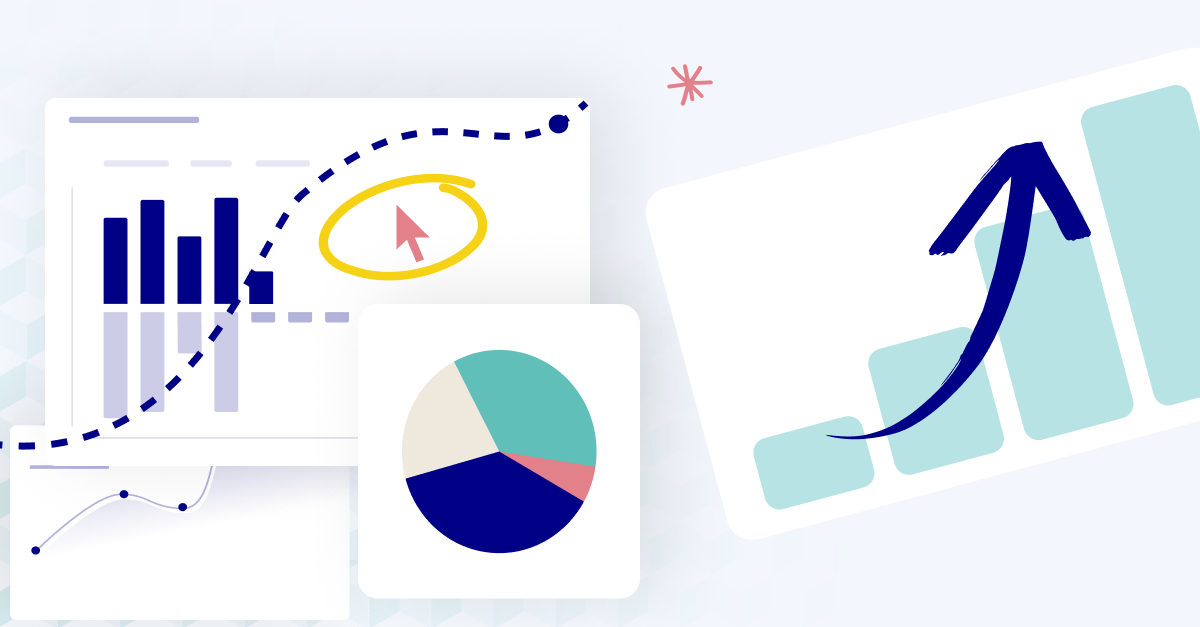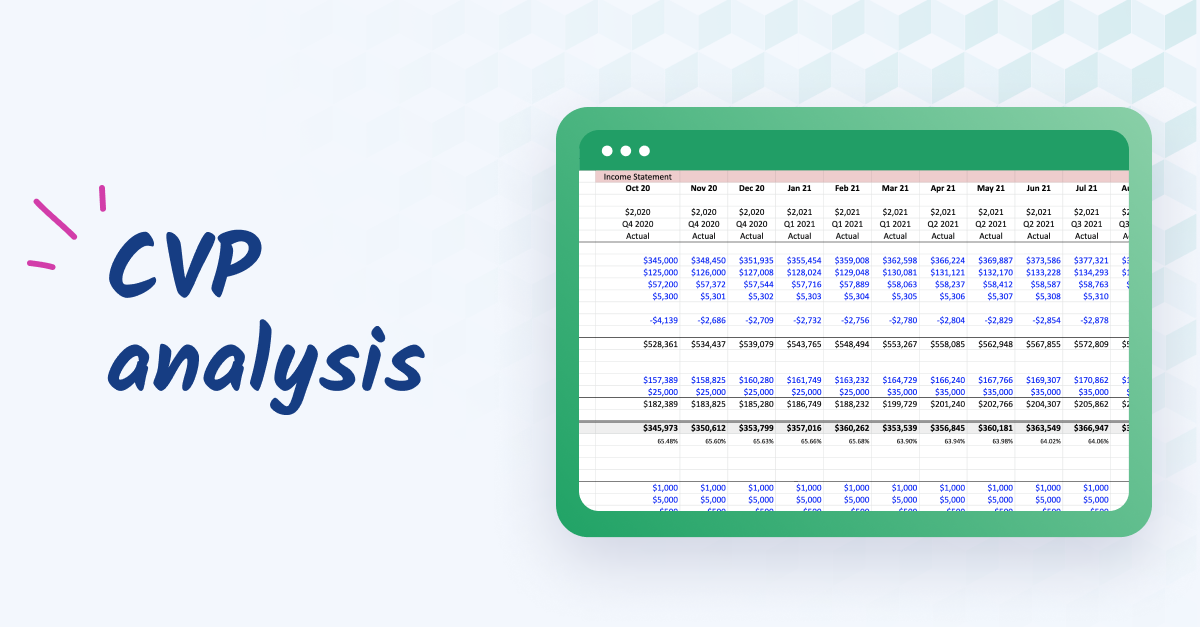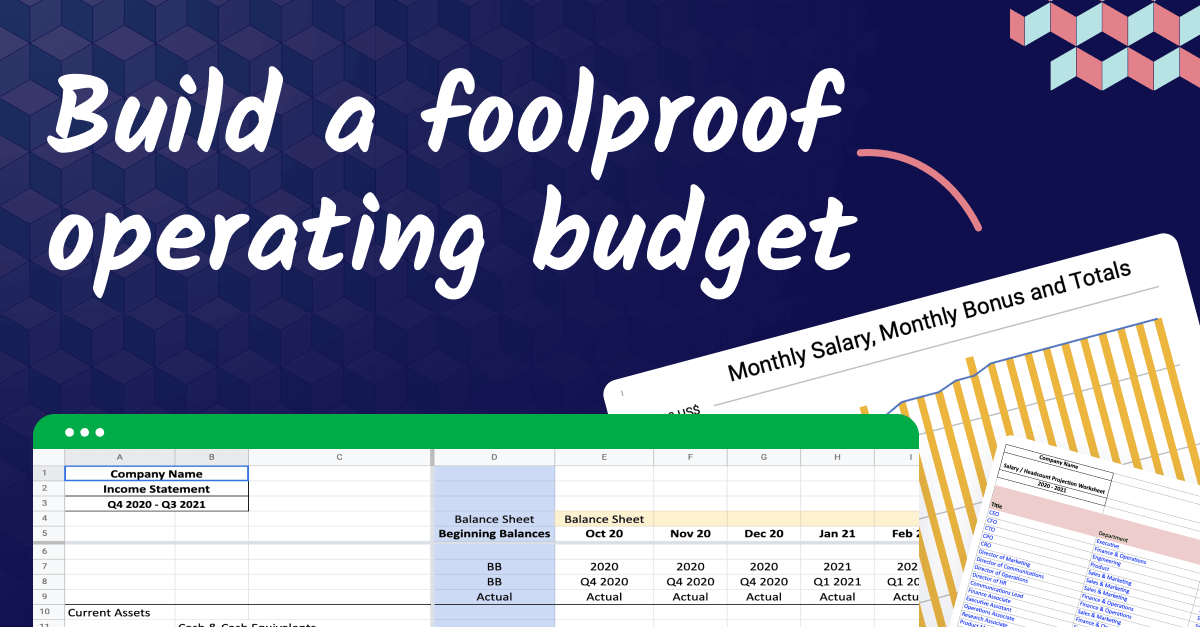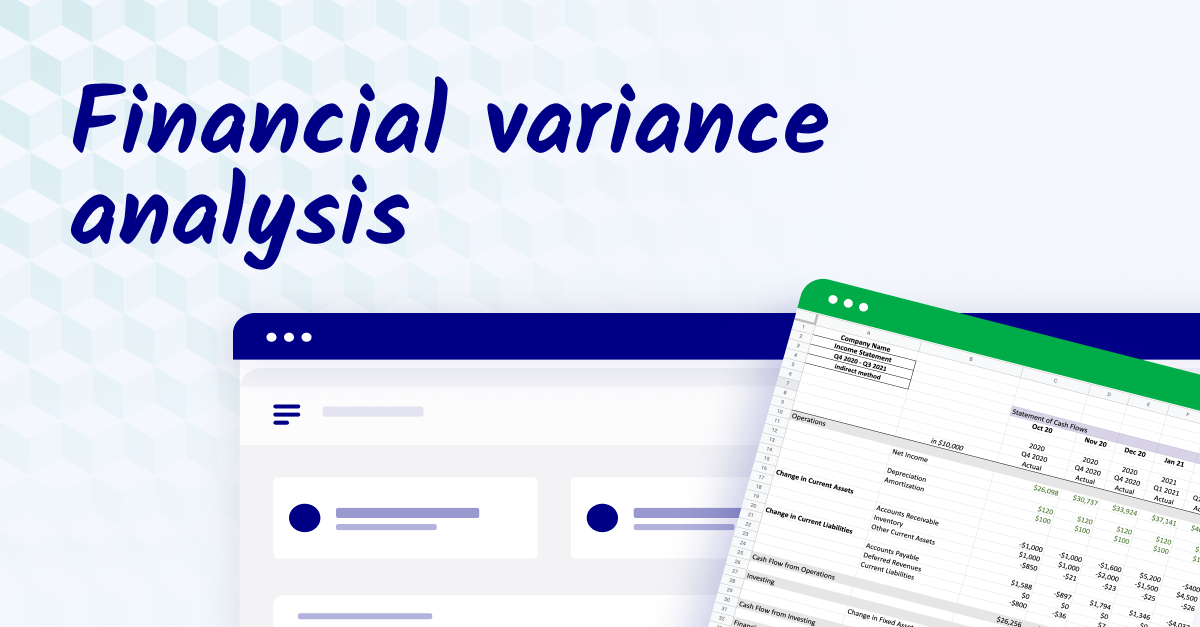Understanding break-even analysis
Break-even analysis is a fundamental financial tool used to determine the point at which sales will cover all fixed and variable costs, resulting in neither profit nor loss. At its core, this analysis revolves around three primary components:
- Fixed costs: These are consistent expenses that don't change regardless of how much you produce or sell. Examples include rent, salaries, and insurance.
- Variable costs: These costs fluctuate based on the volume of goods produced or services rendered. They can include raw materials, direct labor, and sales commissions.
- Sales revenue: This represents the total income generated from goods sold or services provided before any costs or expenses are deducted.
For FP&A professionals, break-even analysis isn't just another financial metric. It's a cornerstone tool that offers insights into operational efficiency, profitability thresholds, and pricing strategies.
Understanding the break-even point is pivotal in making informed business decisions, from launching a new product to entering a new market. By grasping where the profit baseline lies, businesses can set clear financial targets and drive strategic initiatives with confidence.

The strategic importance of break-even analysis
Break-even analysis provides an essential clarity that every finance leader needs. By pinpointing the exact sales volume at which total costs equal total revenues, this analysis unveils the profitability threshold. This clarity allows businesses to set tangible targets, understanding how much they need to sell to cover costs before making a profit.
Beyond this, there's the concept of the "margin of safety"–a critical metric that indicates the difference between the actual or projected sales and the sales level at the break-even point. The margin of safety offers insights into the risk level of a business operation.
A larger margin implies a greater buffer against unforeseen downturns or challenges, while a narrower margin suggests vulnerability. Understanding this margin empowers businesses to gauge their risk and make proactive decisions, be it in cost-cutting, pricing, or investment strategies.
In essence, break-even analysis and its associated metrics aren't just about numbers—they're strategic guideposts for sustainable growth and profitability.
Incorporating break-even analysis in FP&A strategies
Break-even analysis isn't just a standalone metric; it's a crucial part of effective financial planning and analysis. In this section, we'll explore how to integrate this tool into your FP&A strategies, enhancing decision-making and driving better financial outcomes.
1. Product and service pricing
Incorporating break-even analysis into product and service pricing ensures that your price points align with profitability goals, safeguarding against potential losses.
By first determining the fixed costs and variable costs of your product or service, you can use the break-even formula to ascertain the sales volume needed to cover costs. This foundational understanding allows businesses to set strategic prices that factor in desired profit margins.
The basic break-even formula is:
Break-even point (in units) = Fixed Costs / (Selling Price per Unit − Variable Cost per Unit)
Where:
- Fixed Costs are costs that do not change regardless of how much you produce or sell.
- Selling Price per Unit is how much you sell each unit of your product for.
- Variable Cost per Unit is the cost to produce each unit or the incremental cost incurred for each unit sold.
To calculate the break-even point in sales dollars (rather than units), you'd use:
Break-even point (in sales dollars) = Fixed Costs / Contribution Margin Ratio
Where:
- Contribution Margin Ratio = (Selling Price per Unit − Variable Cost per Unit) / Selling Price per Unit
The Contribution Margin Ratio represents the portion of sales that can contribute to fixed costs and profit after covering variable costs.
Continual adjustments based on market feedback are key, and before any pricing changes, it's crucial to run an updated break-even analysis to anticipate how modifications might impact profitability.
2. Cost management and optimization
Utilizing break-even analysis for cost management offers clarity on where money is spent and how cost alterations can influence profitability.
Start with a comprehensive listing of all fixed cost and variable costs, followed by a detailed periodic review. Identifying potential areas for cost reduction and calculating the impact of these savings on your break-even point can pave the way for more efficient operations.
Before implementing cost changes or incurring new expenses, understand their potential effects on the break-even threshold.
3. Forecasting and scenario planning
Forecasting without the insights of break-even analysis can leave businesses exposed to unforeseen financial vulnerabilities.
Base your forecasts on past sales data and create optimistic, pessimistic, and realistic scenarios, calculating break-even points for each. When contemplating major business shifts like scaling production or entering new markets, integrate break-even analysis to gauge how these decisions might modify the profit landscape.
Additionally, model potential external factors, such as economic downturns, to prepare for their influence on profitability.
4. Business expansion and investment
When considering growth or launching new products, understanding the break-even point and pricing strategy is pivotal for risk assessment and gauging potential returns.
For every expansion idea or product launch, project the associated costs. Calculating the break-even sales volume offers clarity on the feasibility and potential profitability of these ventures. This analysis equips businesses with the foresight to compare potential return on investment against associated risks, using break-even sales price as a foundational benchmark.
5. Resource allocation and budgeting
Allocating resources without the lens of break-even analysis can lead to inefficiencies and missed opportunities for profitability. The break-even point serves as a benchmark for ensuring that budgetary decisions align with financial health goals.
When formulating budgets, it's crucial to integrate break-even insights to ensure projected expenditures don't shift the break-even point to an unattainable level. Moreover, aligning your resource allocation with break-even data guarantees that investments, whether in technology, manpower, or other assets, are made with a clear understanding of their impact on financial outcomes.
6. Risk management and contingency planning
Every business faces uncertainties, and break-even analysis serves as a vital tool to anticipate and mitigate potential financial risks. By modeling potential risks, such as supply chain interruptions or major market changes, with respect to their impact on the break-even point, businesses can develop informed contingency plans. Having a clear understanding of how various risk scenarios can affect profitability equips businesses to devise strategies that protect their bottom line in volatile circumstances.
7. Product development and diversification
As businesses seek to innovate and diversify their offerings, the break-even analysis becomes an essential tool for gauging the financial viability of new ventures.
Before the full-scale launch of a new product or entering a new market segment, project the associated costs and use break-even analysis to understand the sales volume required for profitability. This approach ensures that new ventures are not just innovative but also financially sustainable, aligning product development with clear profitability markers.
Best practices for effective break-even analysis
To derive the most value from break-even analysis, finance leaders should adhere to tried-and-true best practices. Here are some guidelines to ensure accuracy, relevance, and actionable insights:
Incorporate non-monetary factors
While break-even analysis is inherently financial, qualitative factors like brand reputation, customer satisfaction, and employee morale can indirectly influence results. Consider these non-monetary factors when interpreting the results and making decisions.
Use dedicated tools and software
Today's FP&A software often includes features for break-even analysis. Utilizing specialized tools (like Cube) can help automate the process, reduce human errors, and offer enhanced visualization of results.
Continuously review sales projections
Ensure your sales projections are grounded in reality. Regularly compare projected sales with actual sales, adjust your forecasts as necessary, and recalibrate your break-even analysis.
Engage cross-functional teams
Involve teams beyond finance in the process. Marketing can provide insights on customer acquisition costs, operations can update on production costs, and sales can offer input on revenue projections. This collaborative approach can refine the accuracy of your break-even analysis.
Monitor margin of safety
Regularly calculate and monitor your margin of safety. This helps in assessing the risk buffer and understanding how much sales can drop before the business hits the break-even point.
Incorporating these best practices into your break-even analysis process ensures that the insights derived are not only accurate but also actionable, driving informed decisions that bolster financial health and sustainability.
Conclusion: breaking even
Break-even analysis offers clarity on pricing, costs, investments, and more, providing a roadmap to financial success. For FP&A leaders, integrating this tool into regular financial practices isn't just recommended—it's essential. Be sure to follow these tips to equip your financial toolkit for smarter, profit-driven decision-making.
Want to learn how Cube can help you on this journey? Request a free demo today.



.png)













